The relationship between a teacher and student in yoga has changed over time. Centuries ago students were expected to devote their entire lives in the service of their teacher. The teacher’s word was law and blind, unquestioning faith was expected of the student.
The relationship has evolved over the years. In the plethora of yoga teachers and classes available in the market, students sometimes get confused about what they are searching for. After all, a certain amount of discernment is only fair. A yoga class can change your life, or leave you feeling flustered. A yoga teacher can point you in the right direction, or get on your nerves. You could end up learning something about yourself, or end up looking for reasons to avoid class for the rest of your life.
Where once a teacher held absolute authority over a student and her practice, nowadays the relationship has become a bit tricky. Teachers are younger, and prone to all the foibles that come with youth (relationship troubles, anxiety about getting a ‘real’ job, peer pressure etc.). And frequently they have another job on the side to pay the bills. This is in sharp contrast to traditional yoga teachers who lived to practice and to teach. Needless to say, all these aspects effect the vibe of a class.
I have mulled over the question for a while now. What is the role of a modern day teacher? After all, it’s the age of consumerism and yoga teachers and classes are being consumed with a vengeance. What then is a yoga teacher’s role? When a student walks in, you know they may walk out the next day. Or next year. How can you make a meaningful contribution to a student’s life with this uncertainty?
As it frequently happens, my teacher unwittingly gave me the answer. The other day in class, he demonstrated the Viparita Dandasana and asked us to correct his posture. He modified his pose according to our inputs. By the time we were done with our cues he looked extremely uncomfortable in the posture. He came out of the pose and told us that as a student we must learn not to depend on the teacher too much. He told us that tomorrow he may not be around and we would then be lost in our practice. He said we must observe our own bodies in all asanas, independent of the cues given by the teacher. We must focus on how the ‘right’ asana feels and use that feeling to get into the pose next time.
What this means is that a student needs to cultivate a practice which fits them. We are bombarded by information about yoga all the time, and sometimes this information is just opinion disguised as fact. The real life asana is in being able to distinguish what works for you from what doesn’t. It lies in being truthful to yourself about whether you are blindly following a teacher or school and losing yourself. Or are you learning and being guided by all this information and eventually finding yourself?
In the modern day scenario, the role of a yoga teacher is to empower a student. Encourage your students to explore. Encourage them to try out other classes and teachers and encourage them to think about how they feel. Encourage self reflection (pratyahara). It is rewarding to see a student find wings under your tutelage. If you teach a student how to be self reliant, the decisions they make on and off the mat will come from a place of confidence and trust, rather than insecurity. You will foster a culture of exploration and abundance. A culture of respect and tolerance. A culture of healthy minds and healthy bodies.
“Illuminated emancipation, freedom, unalloyed and untainted bliss await you, but you have to choose to embark on the Inward Journey to discover it.” – BKS Iyengar
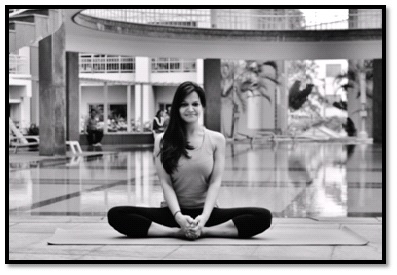
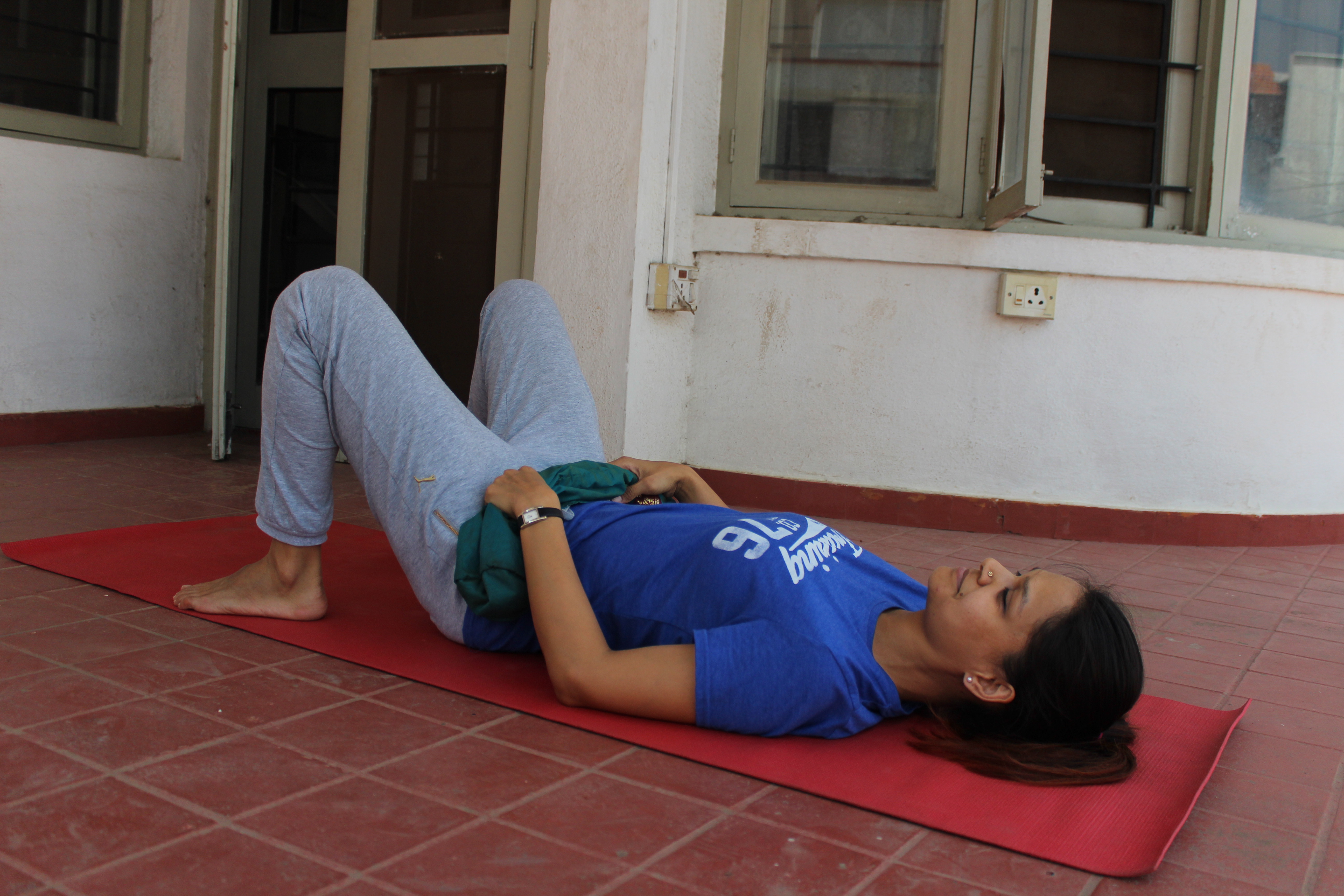
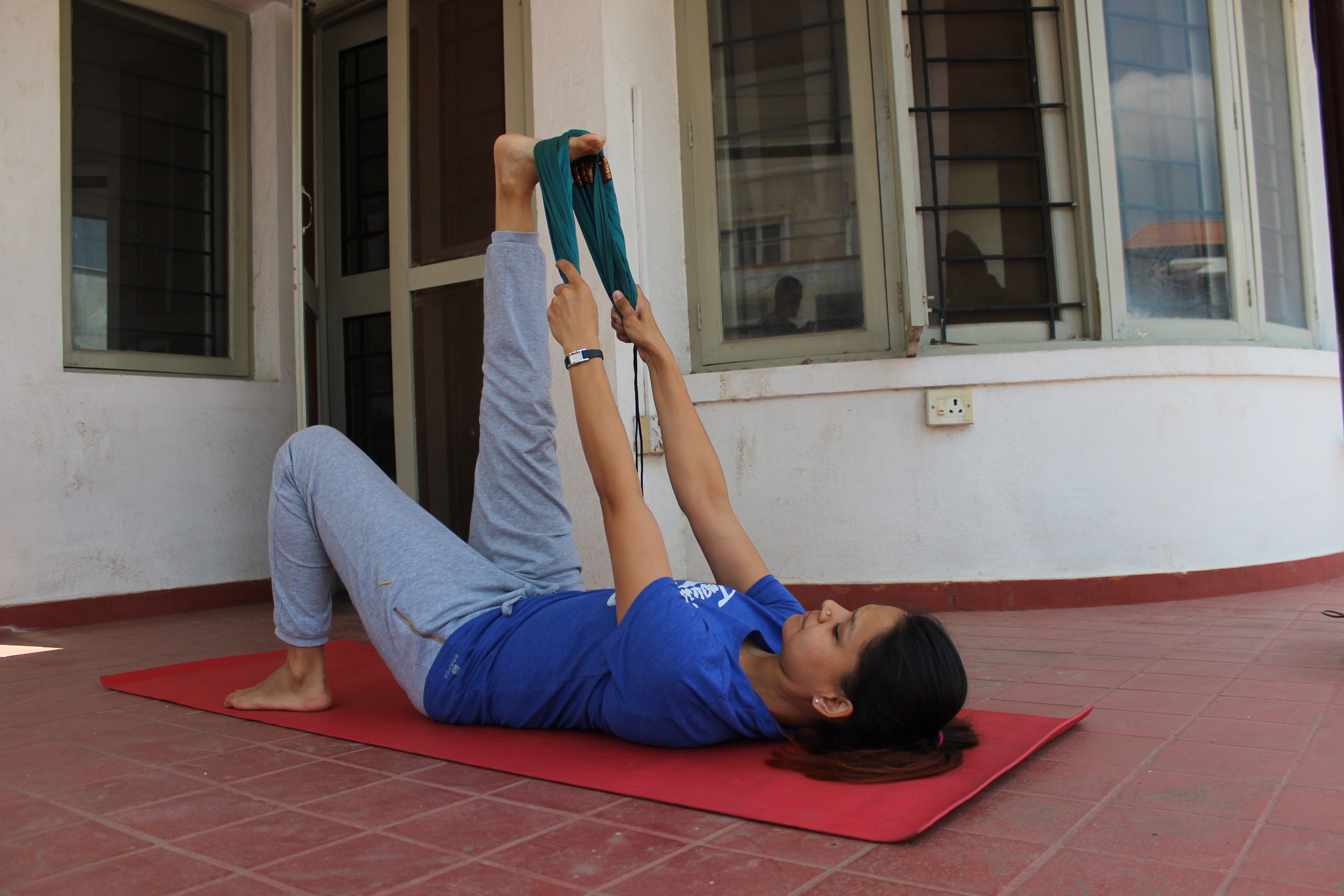
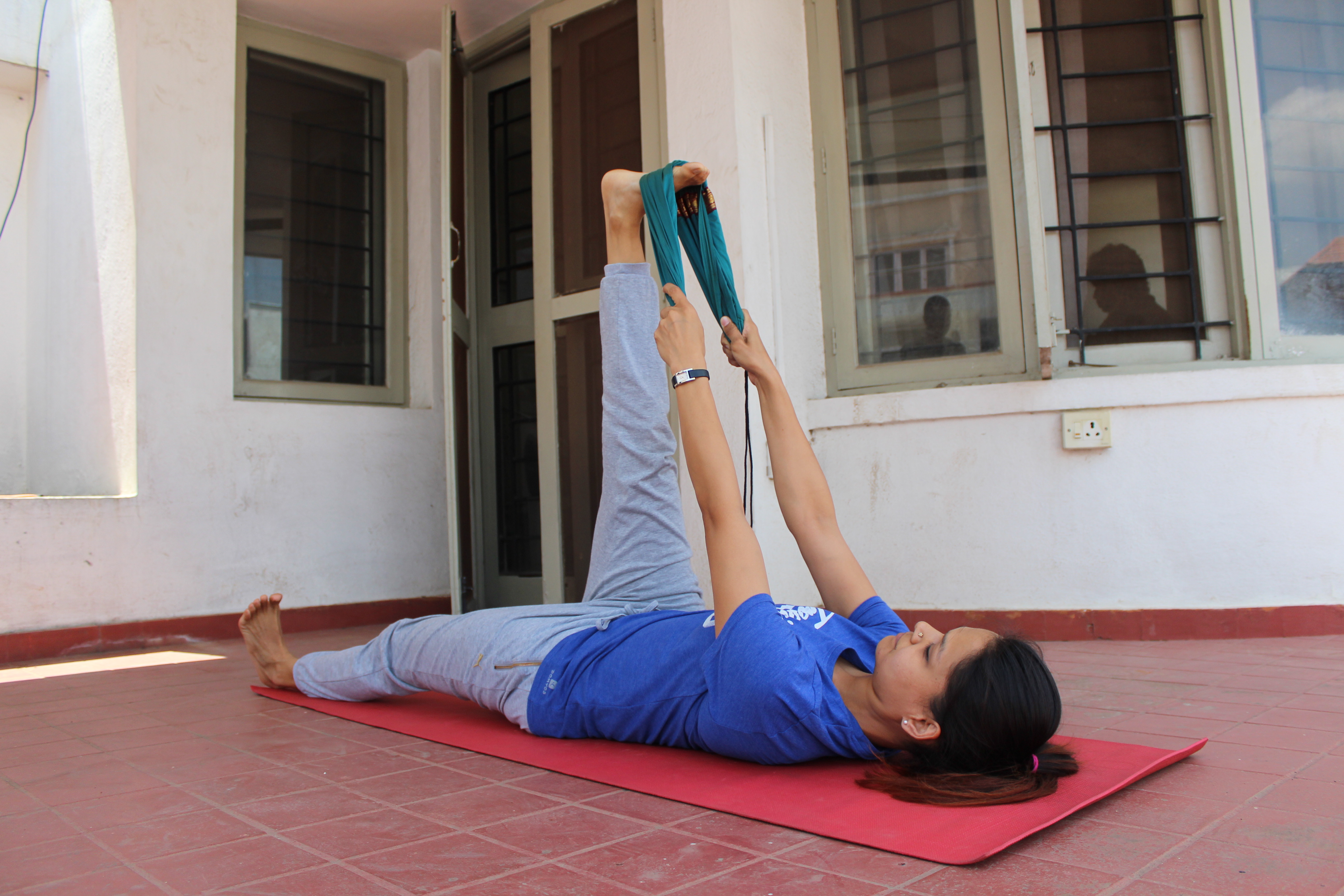

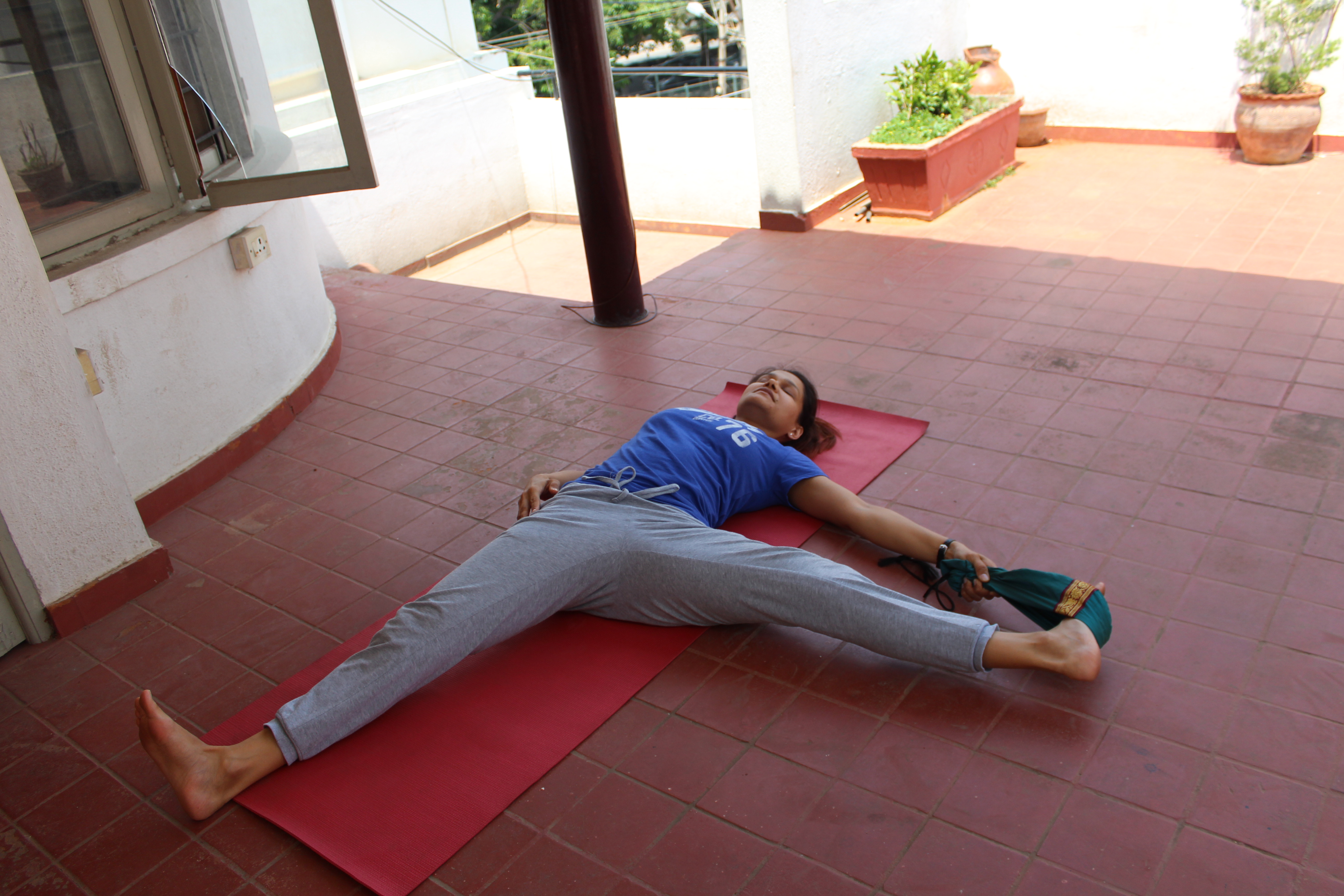
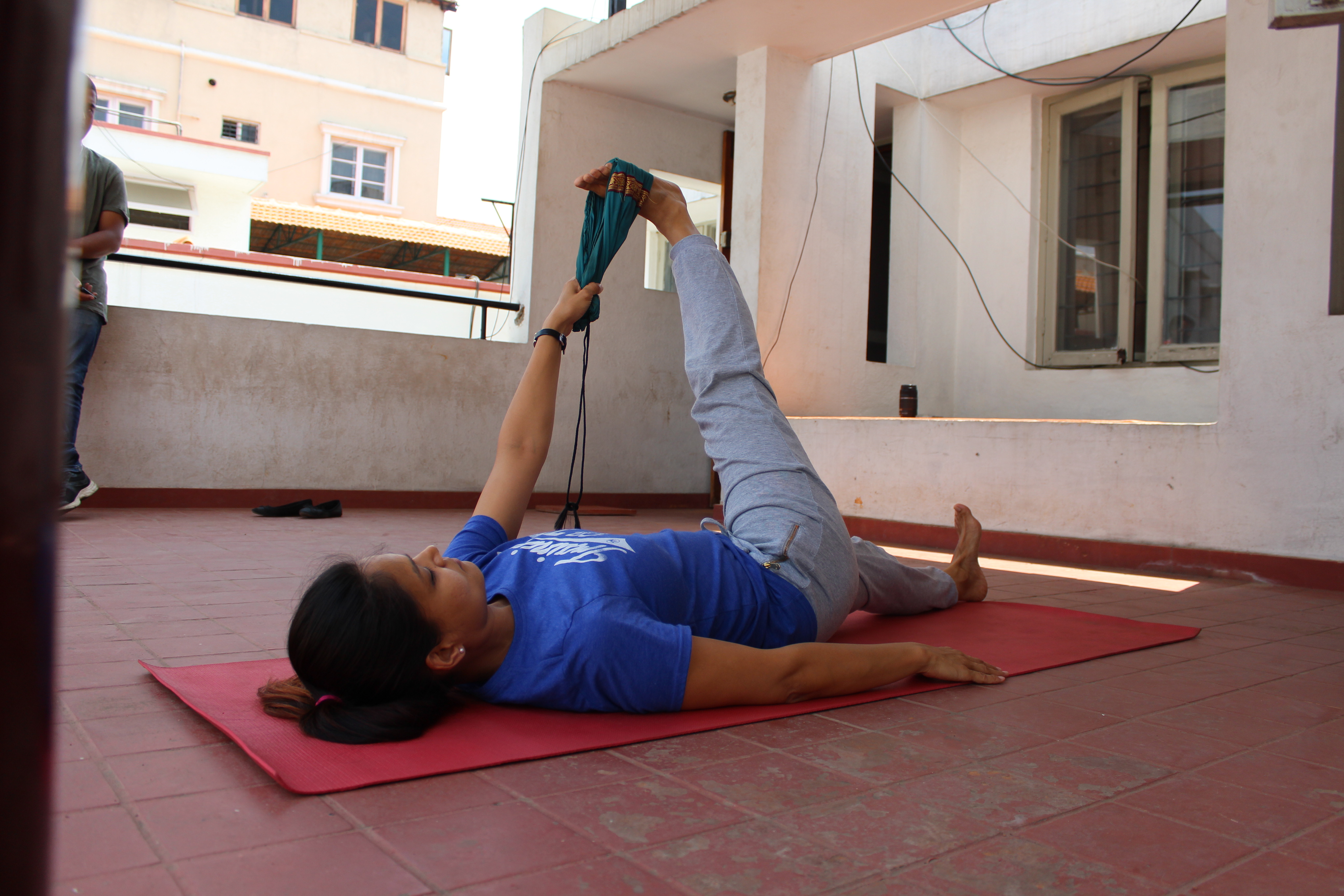
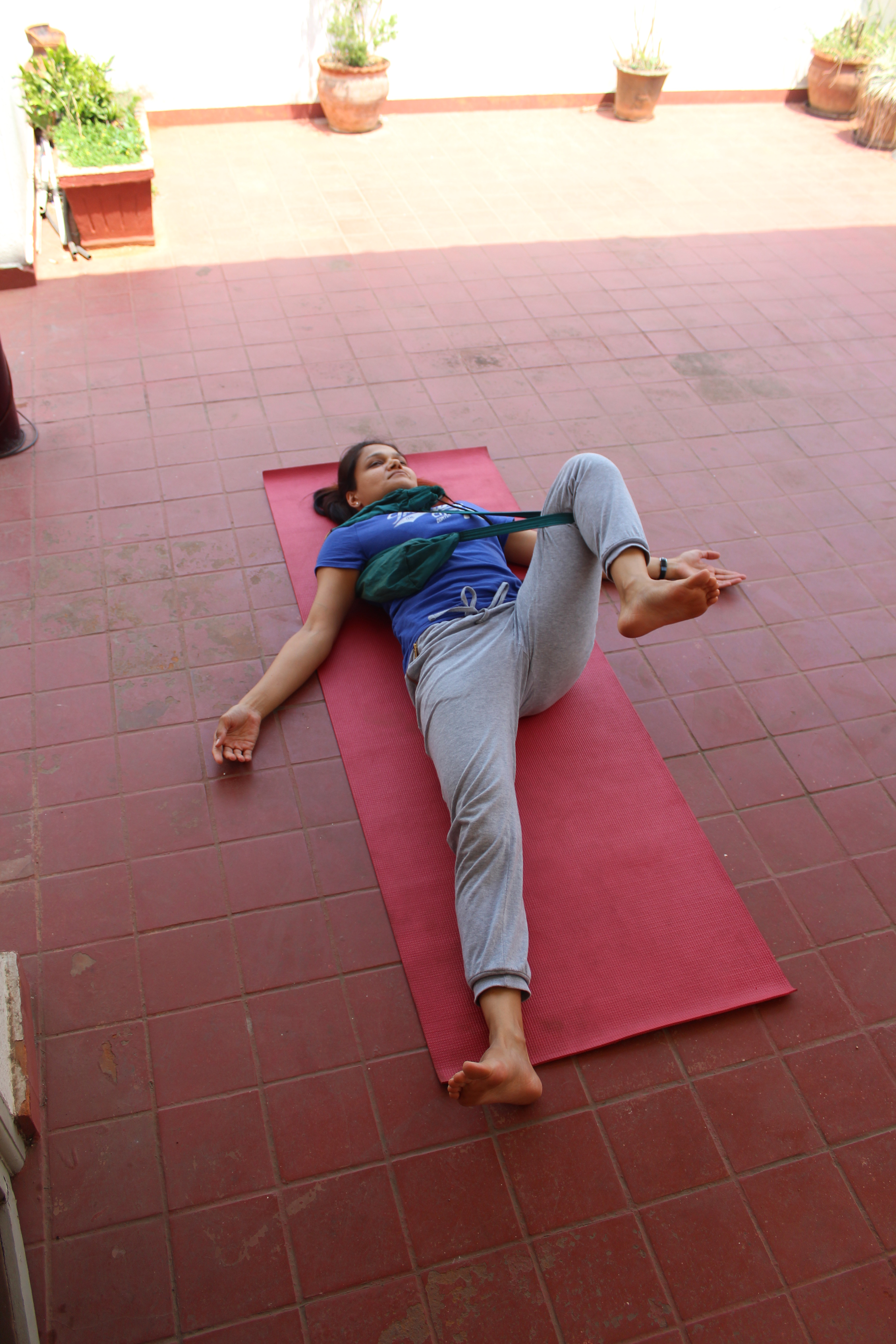
![20150323_173200[1]](https://yogawithpragya.com/wp-content/uploads/2015/04/20150323_1732001-1.jpg?w=168)
![20150323_173146[1]](https://yogawithpragya.com/wp-content/uploads/2015/04/20150323_1731461-1.jpg?w=168)
![2015-03-20_18.32.59[1]](https://yogawithpragya.com/wp-content/uploads/2015/03/2015-03-20_18-32-591-1.jpg?w=300)
![20150318_072824[1]](https://yogawithpragya.com/wp-content/uploads/2015/03/20150318_0728241-1.jpg?w=168)
![2015-03-20_18.30.15[1]](https://yogawithpragya.com/wp-content/uploads/2015/03/2015-03-20_18-30-151-1.jpg?w=169)
![2015-03-20_18.32.00[1]](https://yogawithpragya.com/wp-content/uploads/2015/03/2015-03-20_18-32-001-1.jpg?w=293) and salads.
and salads.![2015-03-20_18.35.17[1]](https://yogawithpragya.com/wp-content/uploads/2015/03/2015-03-20_18-35-171-1.jpg?w=300)
![2015-03-20_18.29.22[1]](https://yogawithpragya.com/wp-content/uploads/2015/03/2015-03-20_18-29-221-1.jpg?w=300)
![2015-03-20_18.26.14[1]](https://yogawithpragya.com/wp-content/uploads/2015/03/2015-03-20_18-26-141-1.jpg?w=169)
![2015-03-20_20.42.36[1]](https://yogawithpragya.com/wp-content/uploads/2015/03/2015-03-20_20-42-361-1.jpg?w=169)
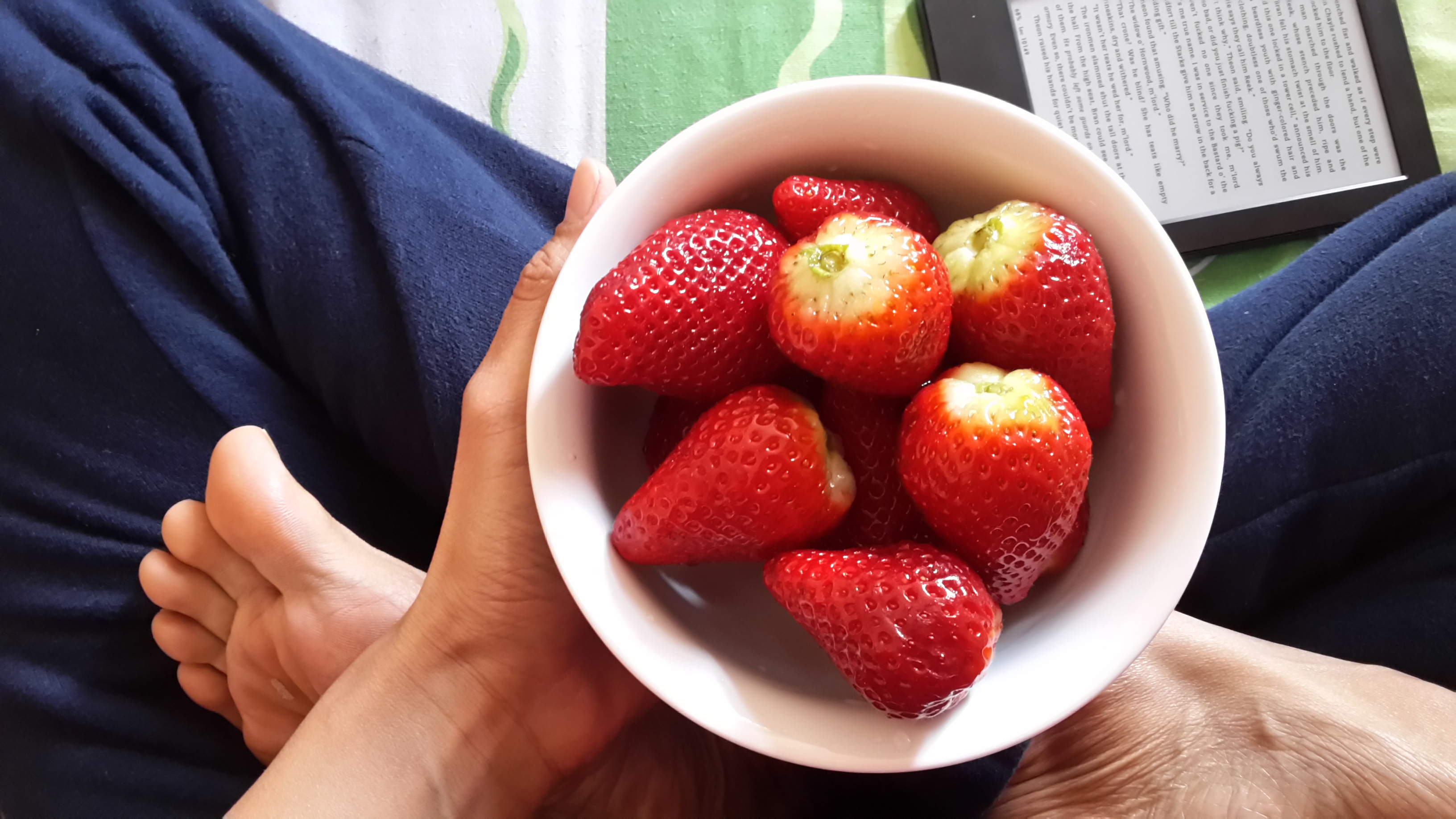
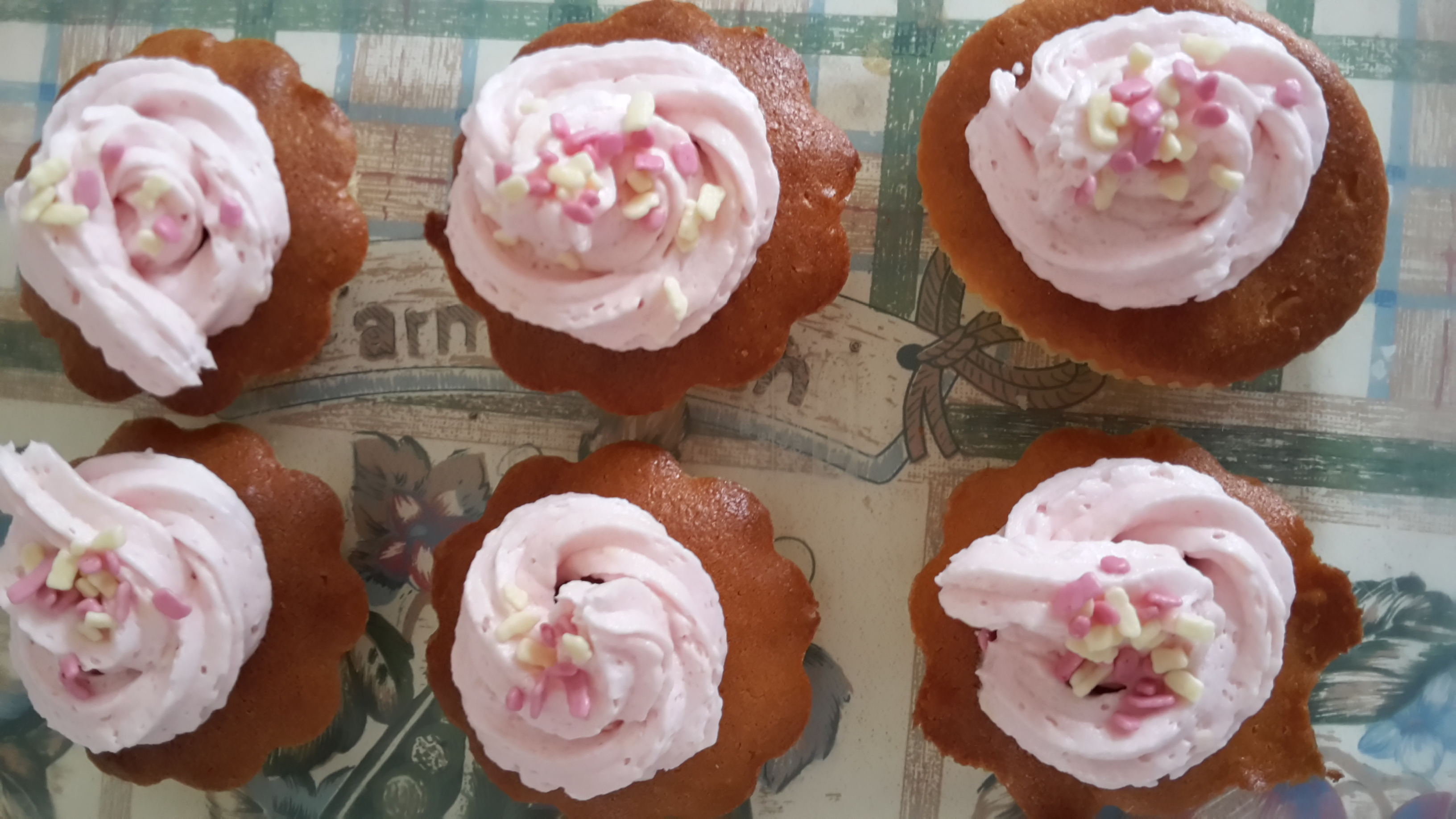
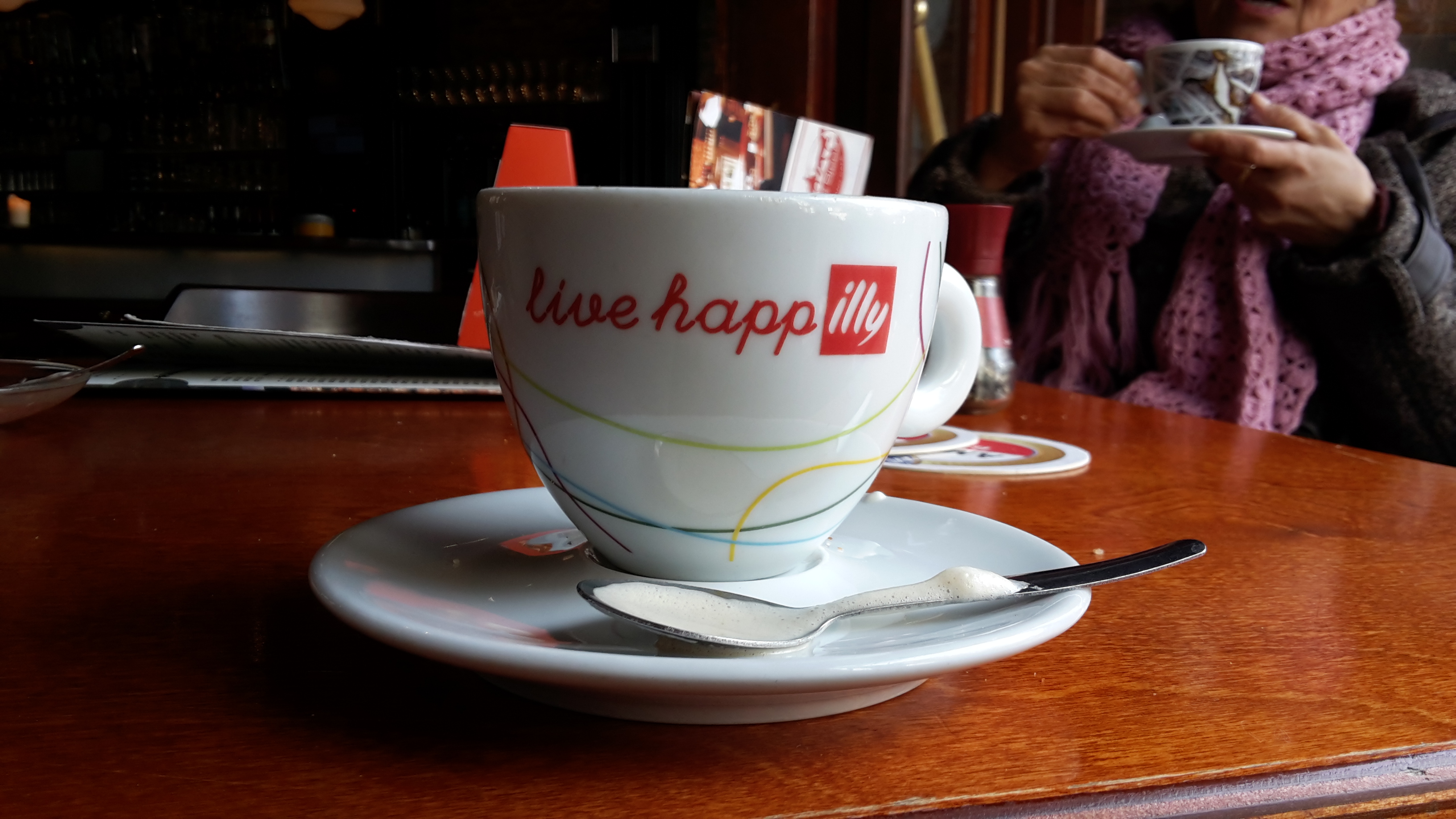



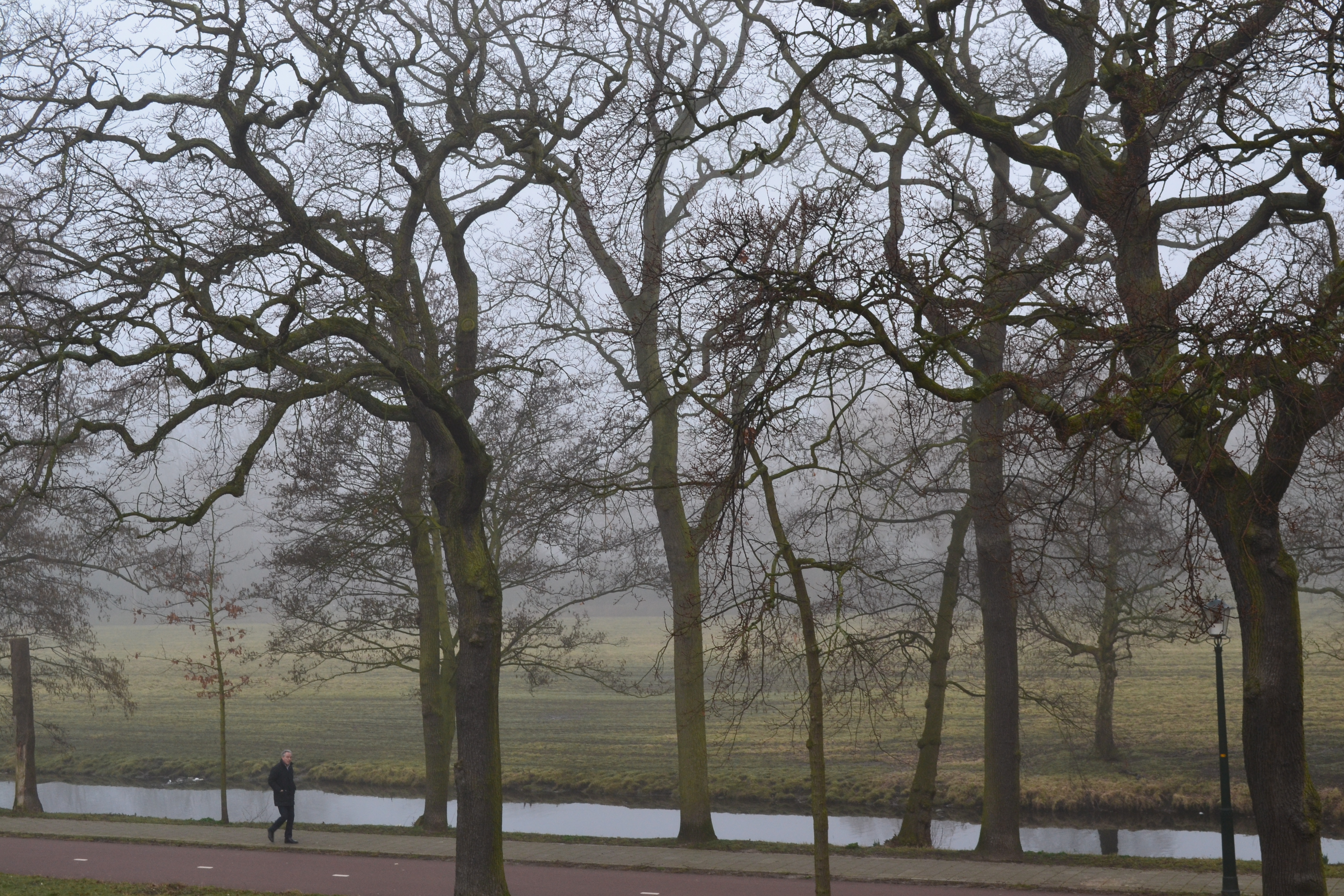

![IMG-20150310-WA0002[1]](https://yogawithpragya.com/wp-content/uploads/2015/03/img-20150310-wa00021-1.jpg?w=300)
![IMG-20150310-WA0013[1]](https://yogawithpragya.com/wp-content/uploads/2015/03/img-20150310-wa00131-1.jpg?w=300)
![IMG-20150310-WA0017[1]](https://yogawithpragya.com/wp-content/uploads/2015/03/img-20150310-wa00171-1.jpg?w=300)
![2015-02-20 08.15.17[1]](https://yogawithpragya.com/wp-content/uploads/2015/02/2015-02-20-08-15-171-1.jpg?w=169)
![20150219_202140[1]](https://yogawithpragya.com/wp-content/uploads/2015/02/20150219_2021401-1.jpg?w=300)
![20150219_202224[1]](https://yogawithpragya.com/wp-content/uploads/2015/02/20150219_2022241-1.jpg?w=169)
![20150219_202236[1]](https://yogawithpragya.com/wp-content/uploads/2015/02/20150219_2022361-1.jpg?w=169)
![20150219_202318[1]](https://yogawithpragya.com/wp-content/uploads/2015/02/20150219_2023181-1.jpg?w=169)
![20150219_202440[1]](https://yogawithpragya.com/wp-content/uploads/2015/02/20150219_2024401-1.jpg?w=300)
![20150219_202447[1]](https://yogawithpragya.com/wp-content/uploads/2015/02/20150219_2024471-1.jpg?w=169)
![20150219_202454[1]](https://yogawithpragya.com/wp-content/uploads/2015/02/20150219_2024541-1.jpg?w=169)
![20150219_202825[1]](https://yogawithpragya.com/wp-content/uploads/2015/02/20150219_2028251-1.jpg?w=168)
![20150219_212658[1]](https://yogawithpragya.com/wp-content/uploads/2015/02/20150219_2126581-1.jpg?w=300)
![20150219_203128[1]](https://yogawithpragya.com/wp-content/uploads/2015/02/20150219_2031281-1.jpg?w=169)
![20150219_203149[1]](https://yogawithpragya.com/wp-content/uploads/2015/02/20150219_2031491-1.jpg?w=300)
![20150219_203230[1]](https://yogawithpragya.com/wp-content/uploads/2015/02/20150219_2032301-1.jpg?w=169)